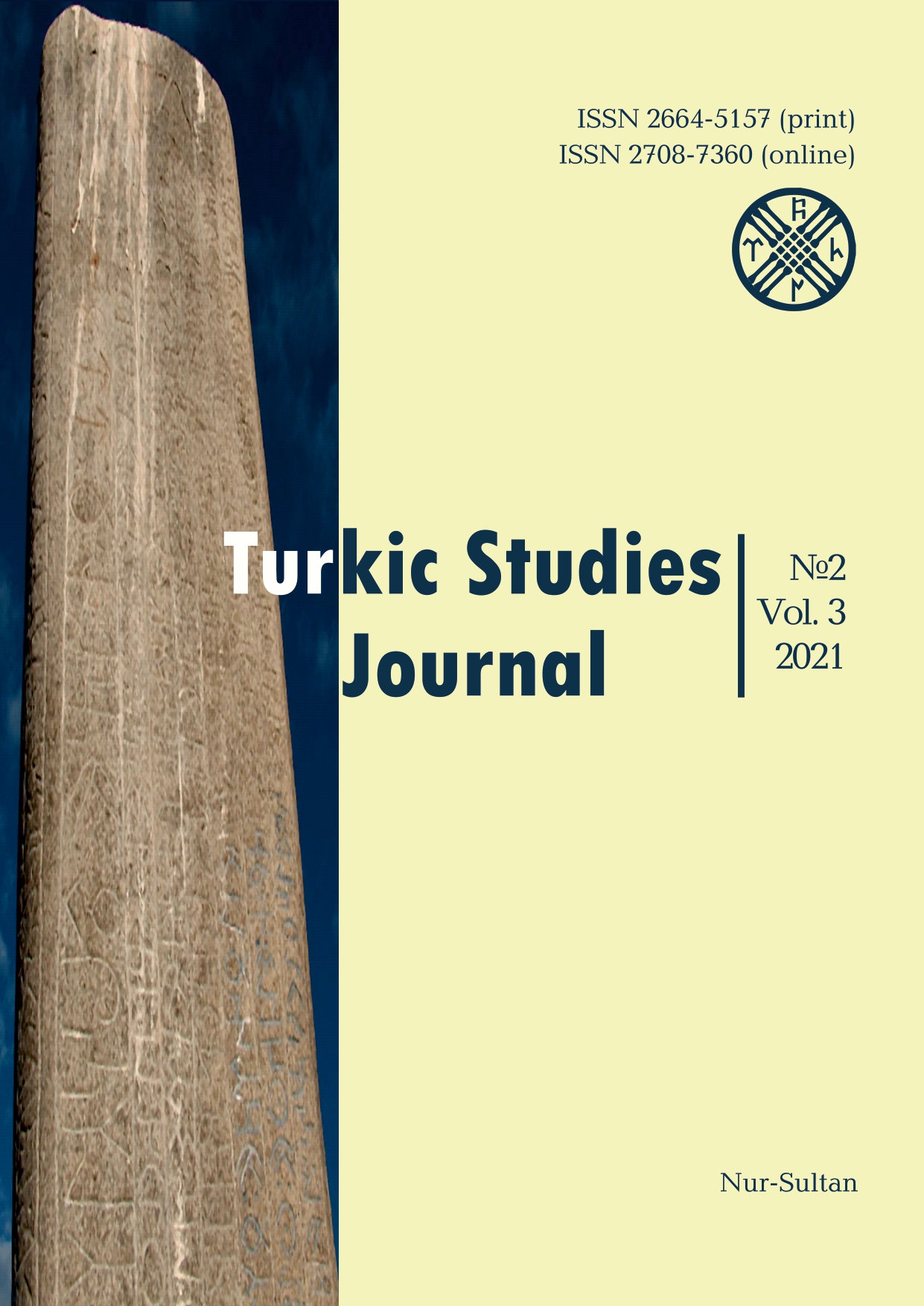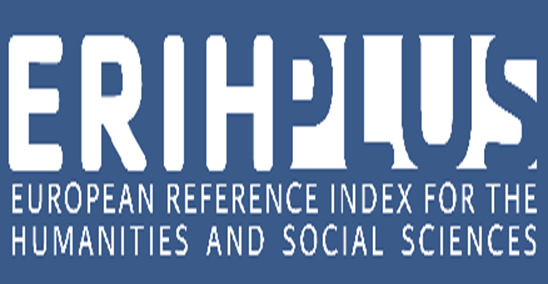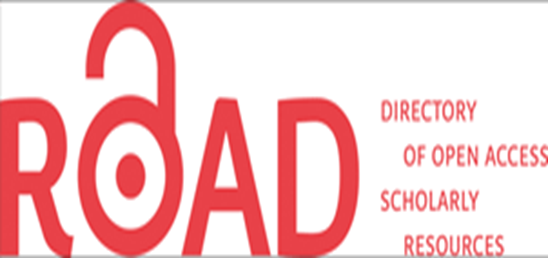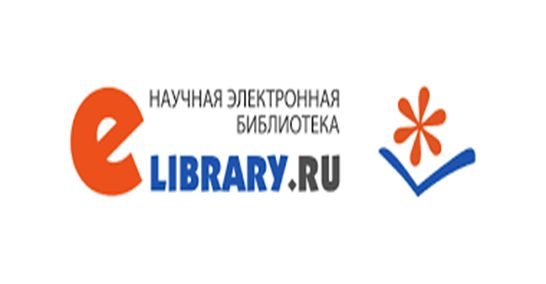Language norm vs. literary norm: orthological analysis
Views: 238 / PDF downloads: 201
DOI:
https://doi.org/10.32523/2664-5157-2021-2-19-31Keywords:
linguistic norm, literary norm, stability, dynamism, traditional principle, communicative suitability, communicative expediencyAbstract
In connection with the transition of the Kazakh alphabet to the Latin script, further
improvement of the orthological codification of the Kazakh language becomes relevant. As you
know, the system-centric object of the science of orthology is the norm / linguistic norm / literary
norm. In passing, we note that there are still unresolved issues in the definition of a linguistic norm /
literary norm in linguistics. In recent years, the problems of orthology have been actively developed
in Kazakh linguistics, incl. special attention was paid to the study of spelling, orthoepic, lexical
norms of the modern Kazakh literary language. First of all, there is a need to define the essence
of the norm as an ontological category and the creation of an integral orthological theory, which
will contribute to a deeper understanding of the phenomenon in general of the linguistic norm, its
systemic properties and functioning features, in particular. And also the unification and codification
of the language norm will have an effective impact on further improving the language culture and the
development of language capital will contribute to ensuring the full activity of the Kazakh language
as a state language. The article analyzes the relationship and difference between the concepts of
norm – linguistic norm – literary norm and the characteristic features of norms – regulatory function,
tradition and internal dynamism.


























